On 21 May 2015 ISIS entered the ancient ruins at Palmyra. Exactly 10 years on, HALO Syria has been to recce the site for unexploded bombs and other dangerous devices. It is just one of the many sites of cultural heritage that HALO has helped to preserve by making them safe from the dangerous debris of war.
Palmyra May 2025
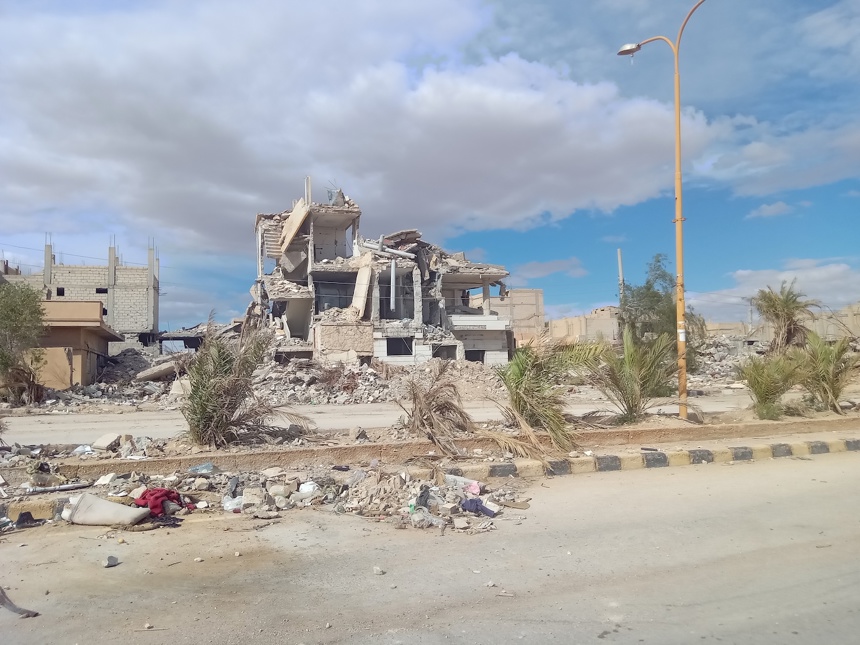
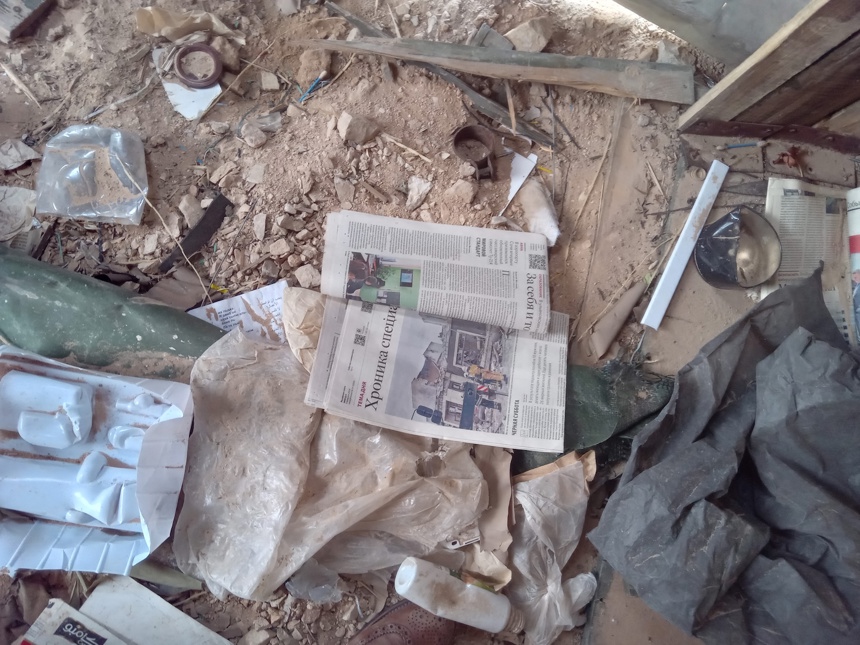
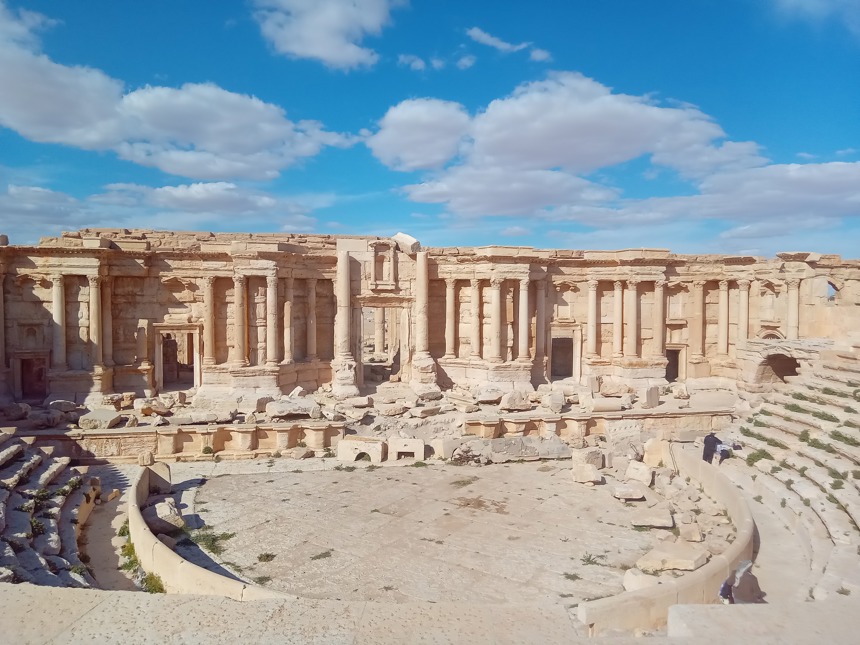
The UNESCO World Heritage Site of Palmyra is eerily quiet now, inaccessible to visitors because of the fear of explosives left from multiple battles. The modern city that once housed thousands of tourists is abandoned and largely wrecked. It too needs clearing of explosive threats. The Mamluk-era fort that overlooks the 2nd Century ruins still shows signs of its use as a Russian military outpost. Discarded Russian-language newspapers and ration kits litter the 13th Century castle.
Elsewhere is Syria other important cultural sites are listed by UNESCO as under threat and are likely to require rapid survey to ensure they are safe from explosive ordnance. The list includes the old city and souq in Aleppo and the Krac des Chevalier Crusader fort in Homs Governorate.
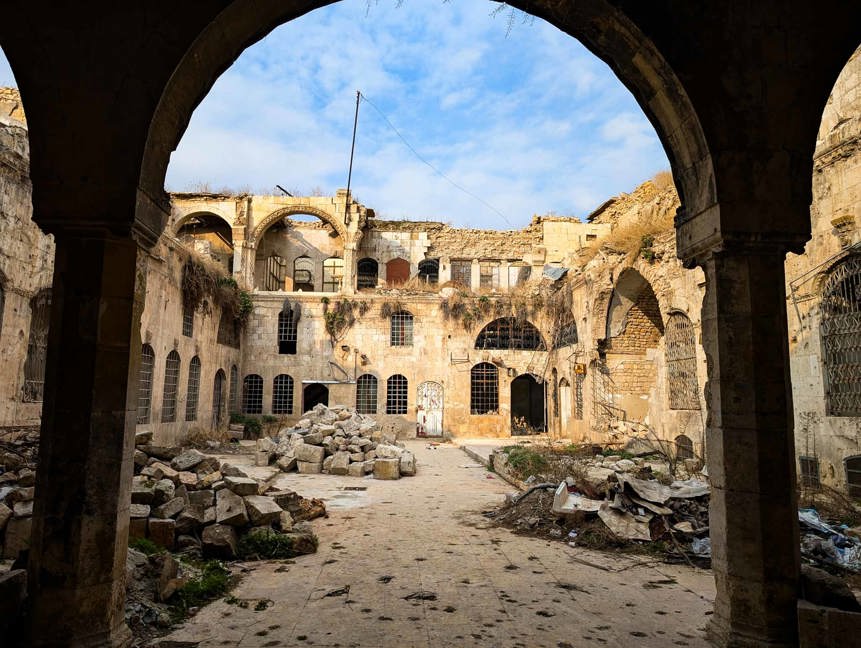
Aleppo souq
When clearance of explosives begins at Palmyra HALO’s teams will be able to draw on our experience at heritage sites garnered from multiple countries.
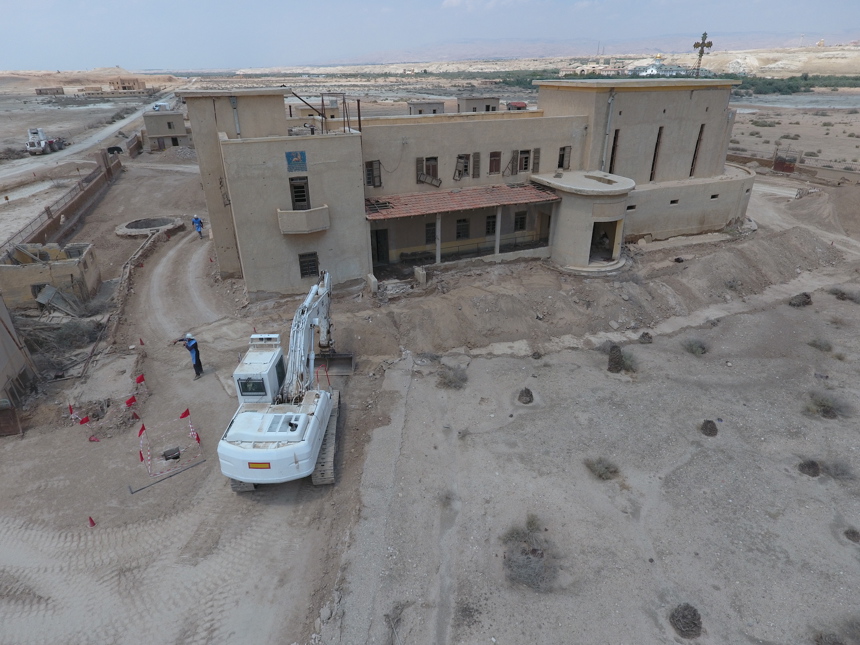
Baptism Site
In the West Bank, HALO teams worked from 2017 to 2020 clearing landmines laid in 1967 in and around seven churches and monasteries located at Qasr al-Yahud, the baptism site of Jesus Christ on the River Jordan. HALO’s work released the buildings from the time capsule they had been locked in for five decades and allowed pilgrims and clergy to access them again. Half a million pilgrims and tourists now visit the river and churches in safety each year.
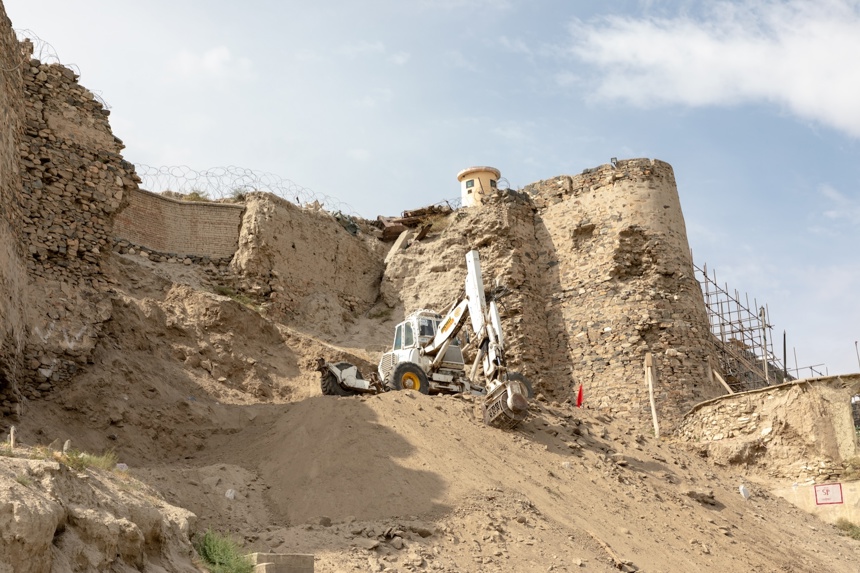
Bala Hissar, Kabul
In Afghanistan, HALO’s work on heritage sites has been extensive. The Bala Hissar is the high fort in Kabul that dates back to the 5th Century and housed Mughal rulers from Babur to Aurangazeb and had a starring role in the first and second Anglo-Afghan Wars of the 1800s. HALO used specialist mechanical equipment to clear landmines laid on its many layers of battlements during the Soviet occupation of the site as a military base in the 1980s.
HALO was also instrumental in making safe explosives and mines found at the Herat Citadel in the west of the country and at the Ghazni Bala Hissar fort in the east. In Herat HALO worked in partnership with the Agha Khan Trust for Culture, as an explosive ordnance call-out service whenever workers renovating the Citadel came across explosives.
These minarets are important because they are the last remaining Timurid buildings in Herat. Under the Soviets they were a conflict zone and landmines were laid all around them. HALO removed the mines so that now we can protect them. We are very grateful."
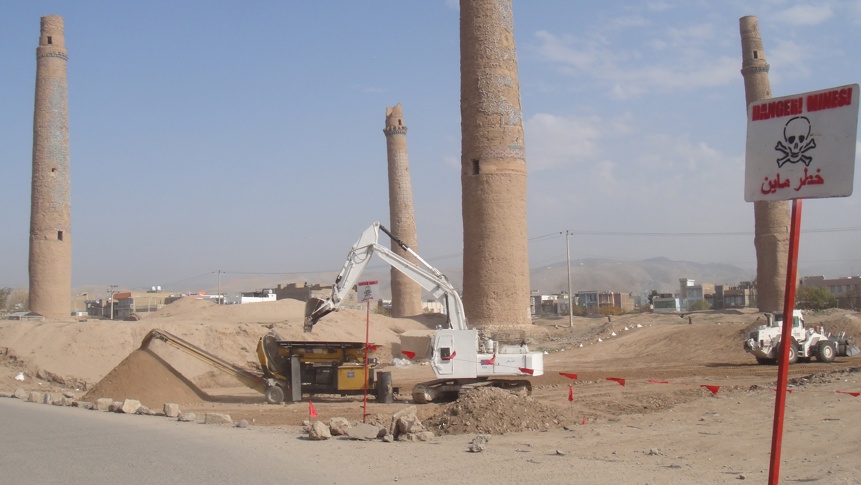
Herat minarets
Notably, HALO also worked with the Agha Khan Trust at the Musallah Minarets complex also in Herat. The complex of mausoleums, madrassas and mosques once had 20 minarets, built in the 13th Century by the Timarud Queen Gawhar Shad. Earthquakes and centuries of conflict had reduced the minarets to five-and-a-half by the time the Soviets left in 1989.
The Soviets left behind a legacy of mines planted around the minaret complex, which they had used as a military outpost. HALO teams cleared the mines allowing conservators from the Agha Khan Trust for Culture to undertake preservation work.
Outside of the Middle East, HALO teams cleared more than 3,000 landmines from the site of the Preah Vihear Temple on the Thai-Cambodian border. In 2002, when the clearance took place the only way to get to the temple, high on the top of a mountain, was to walk there for two days. Deminers would then camp at the temple for three months at a time to clear the site. Preah Vihear is now a UNESCO World Heritage site and attracts hundreds of visitors a day to its spectacular setting.


